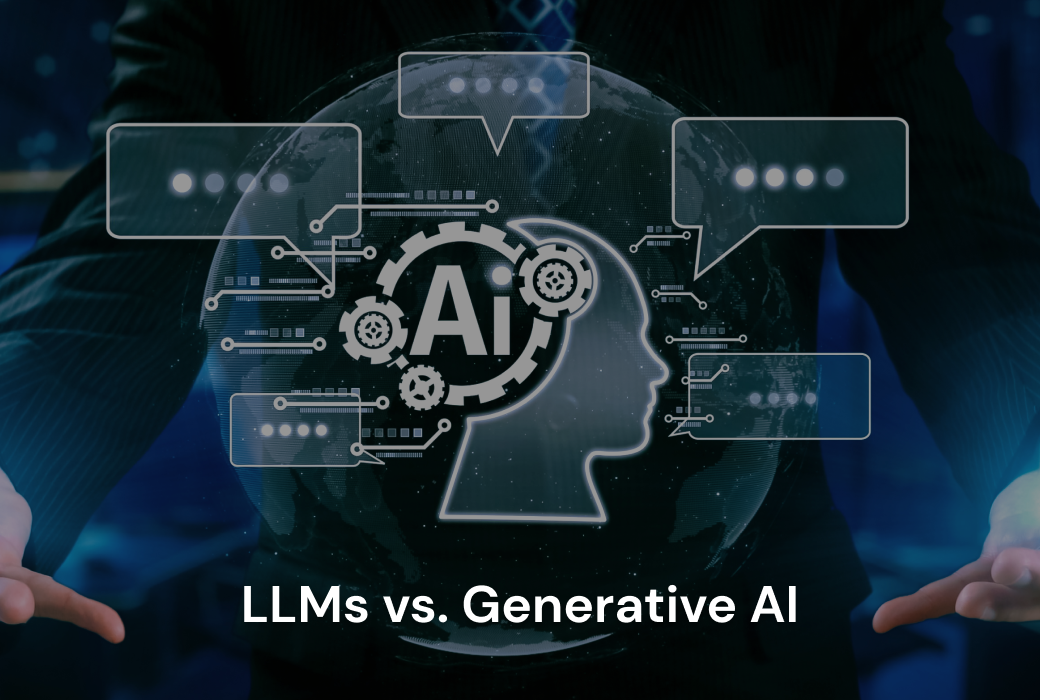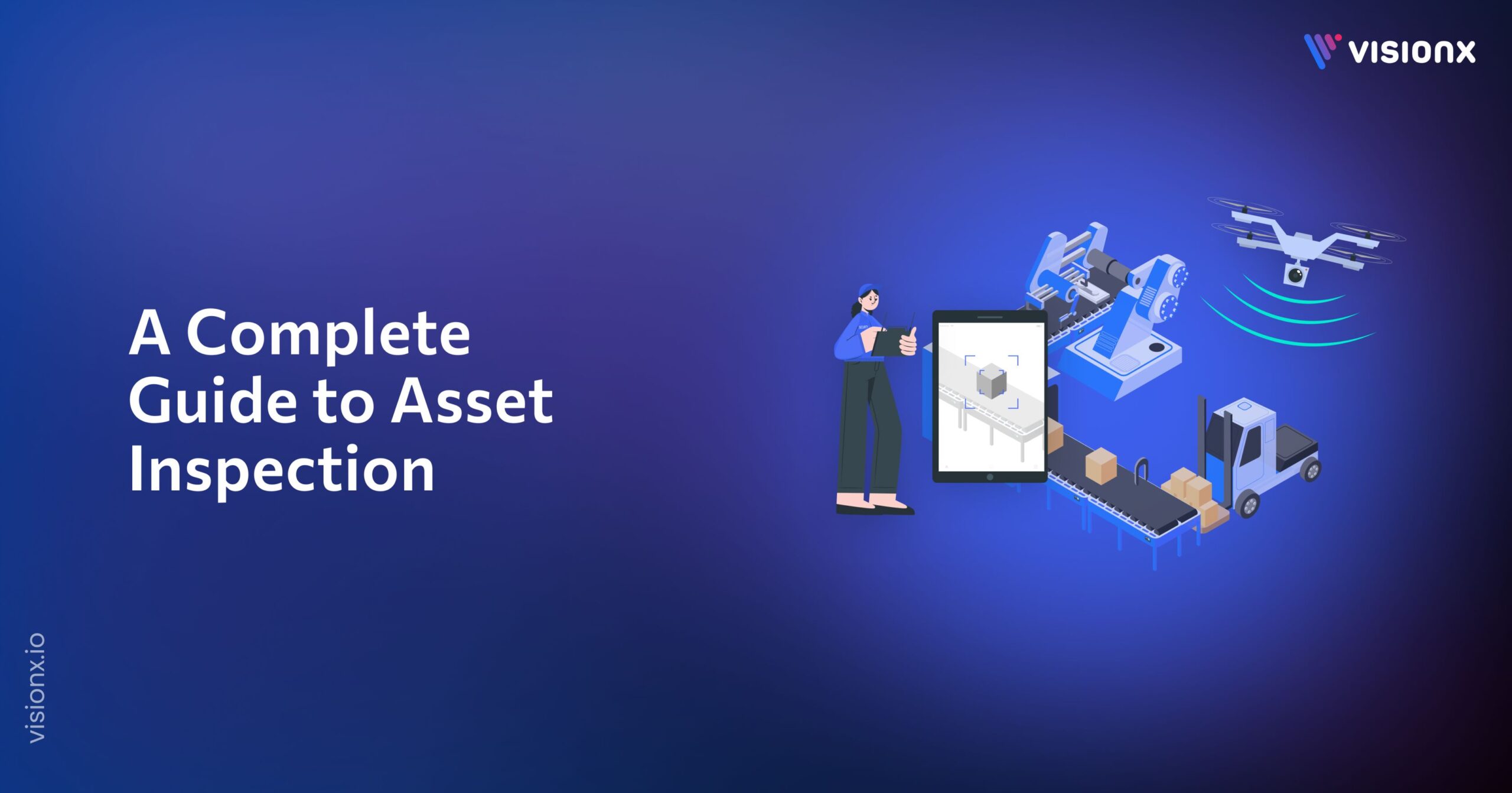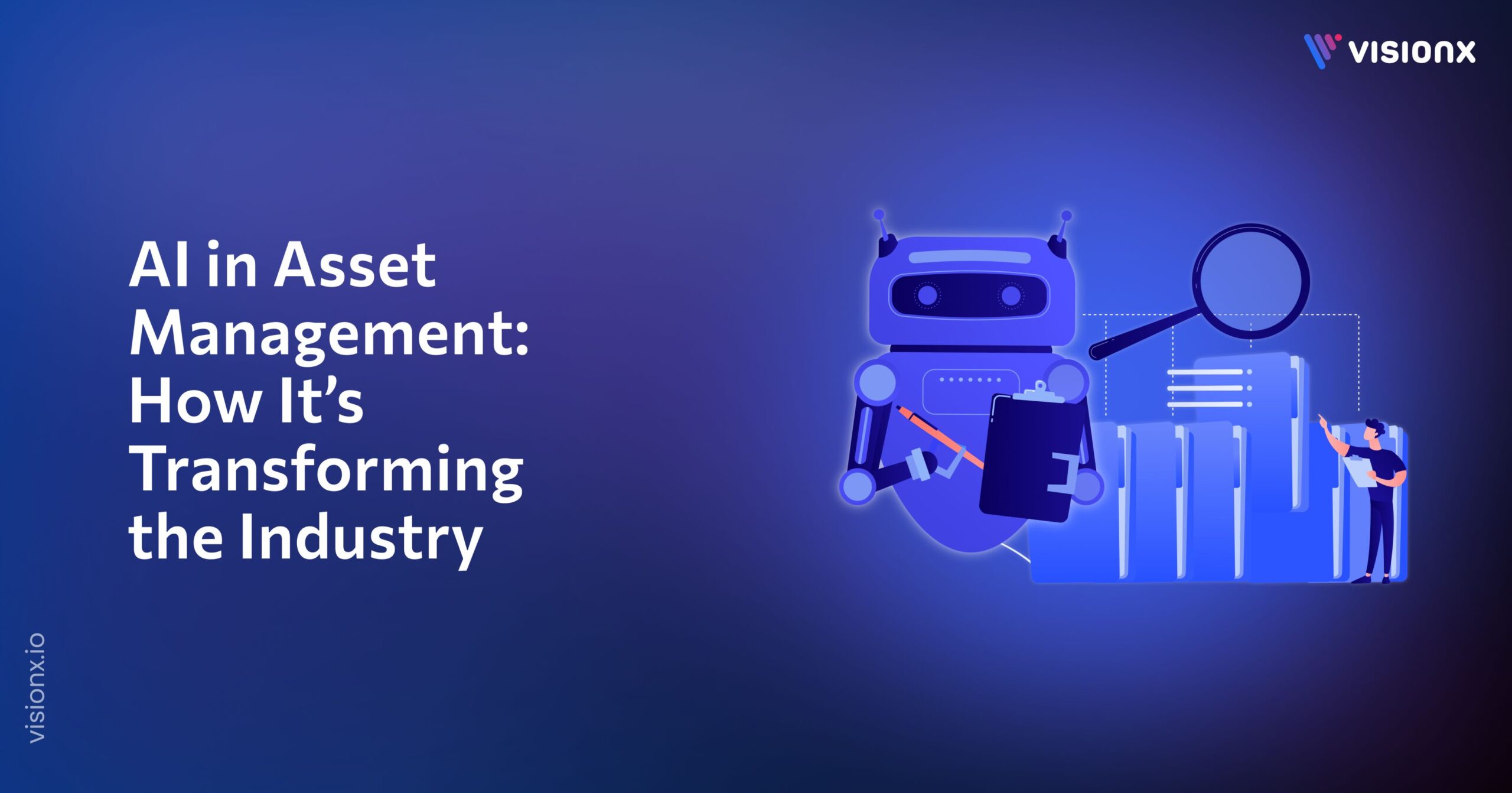Generative AI and large language models (LLMs) are closely related but serve different purposes. Therefore, it is crucial to understand LLMs vs. generative AI to make the right choice.
Generative AI is a type of algorithm that builds new content, such as text, images, or music, from patterns learned from existing data. LLMs are a class of generative AI focused explicitly on text (e.g., GPT-4). It generates human-like text using the data it is trained on and provides consistent outputs with accurate information.
LLMs vs. Generative AI: Myths & Facts
There are some myths and facts about LLMs and generative AI that need to be addressed. Let’s understand each of them
1. Not all generative AI tools are LLMs, but all LLMs fall under the category of generative AI.
- Generative AI: In Gen AI, there are a number of models that have been engineered to produce different kinds of content, from text and images all the way through to music. This ranges from tools that generate images (DALL·E) to models for music composition.
- LLMs: Large Language Models, such as GPT-4, are a specific type of generative AI focused on understanding and generating text. They are a sub-class of generative AI.
2. Generative AI does more than just create new content.
- Generative AI: It allows one to improve/shift an already existing matter rather than just developing everything from scratch. Let’s take image style transfer, where you change how the old images look, or Text Models, which spin, rewrite, and summarise the text.
- LLMs: These interfaces primarily help with new text generation but can also revise or enhance already-written text. They allow everything from paraphrasing to opening a link.
3. LLMs do not truly understand or reason like humans.
- Generative AI: Models—like LLMs—that unpack data to unveil patterns create outputs but do not have cognitive functions. The results are outputs that seem to look like human performance but, in fact, do not actually understand.
- LLMs: These are trained to imitate the prediction of text comprehension and generation by learning patterns; they have no consciousness or real reasoning capabilities.
4. Generative AI and LLMs are not fully autonomous and require human supervision.
- Generative AI: While capable of generating content, these models rely on human guidance to ensure the relevance and quality of outputs. Human oversight helps in fine-tuning and mitigating potential biases.
- LLMs: Require human input for proper use, as they can generate outputs based on biased or incomplete training data. Effective deployment often involves oversight to address ethical and accuracy concerns.
5. The sophistication of generative AI models varies; not all are equally advanced.
- Generative AI: Models range from simple to highly complex. For example, some models can generate basic text or images, while others, like advanced neural networks, can produce high-quality and intricate results.
- LLMs: Similarly, LLMs vary in complexity and capability. Basic LLMs may generate simple text, while more advanced ones, like GPT-4, offer sophisticated understanding and generation of nuanced language.
Note: Large language models (LLMs) are not the same as large action models.
LLMs vs. Generative AI: Key Differences:
Following are the three factors that differentiate LLMs vs. generative AI.
- Scope: Generative AI is a broad category that encompasses various types of content generation across different media, while LLMs are specifically focused on text generation.
- Models: Generative AI includes a variety of models (e.g., GANs, VAEs), whereas LLMs are usually based on Transformer models and are trained on textual data.
- Output: Generative AI can create diverse forms of content, including images, music, and text. LLMs, however, are specialized in producing textual content.
| Aspect | Generative AI | LLMS |
| Scope | Broad, multi-media content generation | Focused on text generation |
| Models | Various models (e.g., GANs, VAEs) | Transformer-based models |
| Output | Images, music, videos, and text | Specialized in text output |
How do the two of them work together?
Generative AI and LLMs can coordinate in multiple ways to bring about more sophisticated, flexible, and interactive AI designs. And this is how they could work well together:
1. Multimodal Content Creation
- Scenario: The AI creates text and images in an advertising campaign.
- How It Works: An LLM can actually create the text content (product statements, slogans, etc.). On the flip side, a generative AI model (such as GAN or diffusion model) can generate matched images, graphics, and even video content. Those two outputs can also be combined to create multimodal and full-fledged marketing collateral.
2. Interactive Storytelling
- Scenario: Choose your own adventure (Game or Interactive Novel where the story is created based on user responses.)
- How It Works: In real-time, and driven by the participation of players making choices, LLM can generate dialogue lines, sketch plot developments; whereas generative AI renders visual scenes or character animations that accompany the evolving story. This integration adds a new level of immersion by procedurally generating text along with images.
3. Content Personalization
- Scenario: Customized Education or Tutorials.
- How It Works: An LLM will be able to provide custom explanations or lessons based on how someone learns. At the same time, generative AI can produce diagrams, infographics, or video lessons on whatever text is there so that generations get a more personalized guide to comprehension.
4. Creative Assistance
- Scenario: Assisting artists, designers, and writers in brainstorming ideas.
- How It Works: Different genres of LLM may nominate storylines, plot twists, or text ideas to generate visual concepts or pools. The two can be mixed together in order to motivate creatives and help them make wider portfolio works.
5. Enhanced User Interaction
- Scenario: More plausible and more useful conversation-ready virtual assistants or chatbots.
- How It Works: The conversational content is provided by the LLM and returns relevant information or advice to user queries. Conversely, generative AI could complement this conversation-based knowledge transfer by creating visual aids—such as charts or diagrams (or even virtual environments) to facilitate the discussion itself better.
6. Automated Media Production
- Scenario: Automated news writing, e.g., for blogs.
- How It Works: LLM drafts the text of an article or report. Generative AI can be used to create relevant images and infographics (or generate a video summary in some cases). This unified endeavor can result in a complete multimedia package with almost no human imprint.
7. AI-Driven Art Installations
- Scenario: Interactive art that reacts to the people around it.
- How It Works: On a superficial level, an LLM might use input from the audience to generate poetic or narrative hypertext so that generative AI could create visual and auditory art pieces by responding in real-time, which can become alive in a dynamic, interactive, shared art experience.
8. Virtual Worlds and Characters
- Scenario: Create characters and environments in virtual reality (VR).
- How It Works: An LLM could be run over the characters’ dialogues and backstories, which might have personalities grafted onto them, while generative AI models output their visuals (including builds), movements, and user feedback interactivity to their world. This results in a synergy that brings about sophisticated and engaging augmented realities.
Wrapping Up
The choice between generative AI and LLMs depends on various factors. First, you need to understand the type of content required for the project. If it is a text-based model, go with LLMs. On the other hand, if you need a multi-modal that can perform multiple tasks, opt for generative AI.
VisionX can help you achieve your goals by developing a generative AI or LLM model based on your project’s requirements. Got a new product idea? Feel free to contact us today to bring your idea to life.


